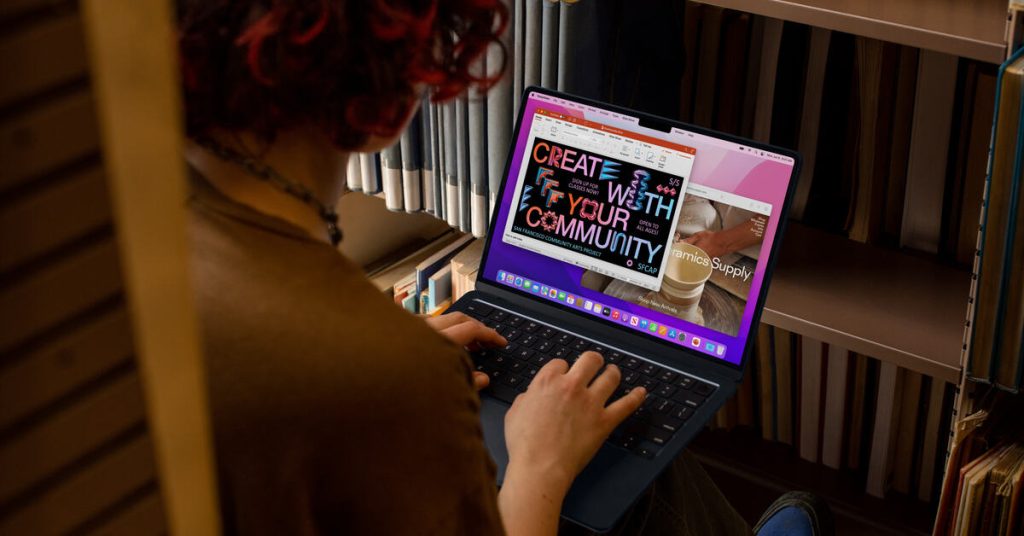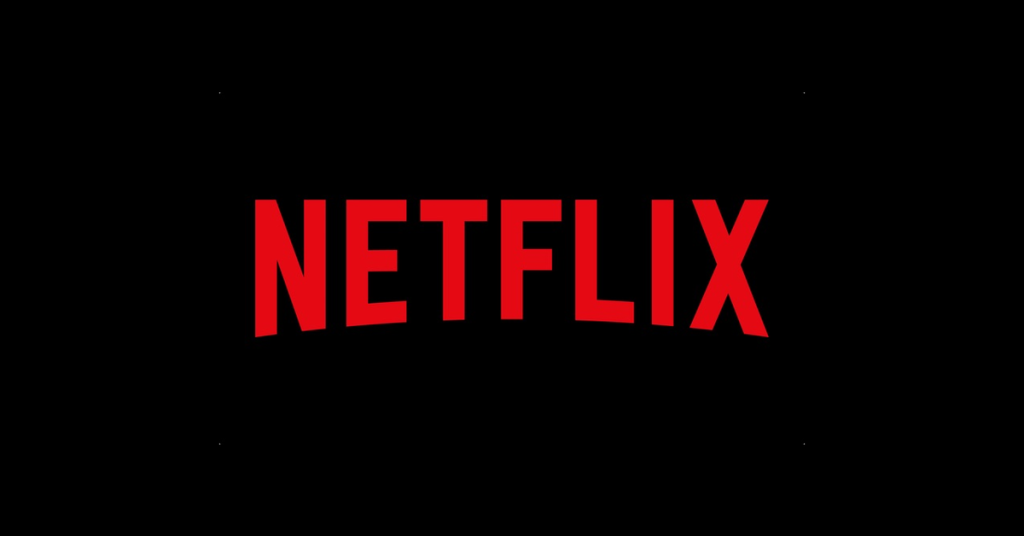This summer has been the season of inflation for many people. After fuel prices went up earlier this year and had only slowly started to go back down, everything we had to buy suddenly became more expensive. Outside the gas station, this is most likely felt at the grocery store, where staples like bread, pasta, vegetables, and other food items cost more now than they did a year (or even just a few months) ago.
The prices of tech items like smartphones and laptops have also increased because of inflation, but it can be harder to see. Unlike food and other consumables, technology products take a long time to make. It often takes 18 months or more to go from an idea to a store shelf. Many companies decide on the target price of a product at the beginning of its development cycle. This makes them less vulnerable to short-term changes in inflation. After being released, the prices of tech devices rarely go up. We're used to them getting cheaper over time.
But this year, we've seen a lot of examples of devices that have either gotten more expensive or haven't gone down in price over time like we've come to expect. Part of this is because of the ongoing supply chain crunch, which makes it harder for companies to find parts, especially for devices that don't use a high-end smartphone or laptop processors. But big companies are also affected by rising fuel costs and other effects of inflation, which means that your next gadget will cost more.
Let's look at a couple of examples.
The new MacBook Air from Apple, announced in June and shipping in July, starts at $200 more than the model it replaces. It's hard to say that's all because of inflation because the new Air has many new features that help justify its price. For example, it has a new chassis design, a better screen, a faster processor, and so on.
But Apple is still selling the old MacBook Air and the new one, which costs the same as it did when it first came out in 2020. When a new Apple model comes out, the price of older models usually decreases. This lets smart (and patient) shoppers save money on technology that is still very useful. But since the new model's price is higher, Apple didn't have to lower the price of the old model to make it look like a deal. An entry-level MacBook Air with the M1 processor still costs $999, just like it would have in November 2020.
Samsung just announced a bunch of new wearables and folding phones, making inflation's effects clear. The Galaxy Z Fold 4 and Z Flip 4 cost the same as their predecessors. Still, the Galaxy Watch 5 costs $30 more than the Galaxy Watch 4, even though it only has a slightly bigger battery and one (probably not very useful) extra health sensor. It's the same watch as the Galaxy Watch 4, but it costs more now than it did when the Watch 4 came out last year. In the same way, the new Galaxy Buds 2 Pro cost $229, which is $30 more than the Galaxy Buds Pro did in January 2021.
Other companies have done something unusual by raising prices on products they sell. Late last year, Sonos raised the prices of all of its wireless speakers, citing rising costs in the supply chain. This was done to prepare for the 2022 inflation spike. Meta recently raised the price of the Quest 2 virtual reality headset by a massive $100, which is a 33 percent increase. It did this to try to stop its business from losing money. Meta probably lost money on The Quest 2 when it first came out, but other companies and economic pressures have made it clear that Meta doesn't want to keep floating it. This means that consumers will have to pay more in the future.
It's also harder to find good technology deals from the year before. I got an iPad Pro a year old for hundreds of dollars less than its launch price at Best Buy a year ago. This summer, when I was looking for a similar deal, the big box stores were empty, so I had to look around eBay until I found something for a price I was willing to pay. Our deals team has also seen fewer discounts on new-in-box products this summer. Instead, most of the good sales have been on refurbished or used devices. (Here's a tip: if you can, buy used. It can save you a lot of money and keep things from going to a landfill or being recycled inefficiently.) Another thing that keeps prices high is that many popular products are hard to find because of problems with the supply chain.
As we get closer to the extensive product launch season, we expect to see more effects of inflation in the prices of new phones, laptops, and other devices that get announced. Analysts say the iPhone 14 will be more expensive than the iPhone 13. If this is true, Apple might not lower the price of the iPhone 13 like it has with older models in the past. Even though it costs the same as it did a year ago, it will still look like a better deal than the new one. Apple is also likely to use the same processor in the iPhone 14 as it did in the iPhone 13. This is similar to how Samsung's new watches use the same chips as last year but cost more.
Amazon is reportedly raising its seller fees this fall to deal with inflation. You can be sure that this cost will be passed on to you, the consumer, so your following USB-C cable or phone case will probably cost more.
We're used to the price of technology going down over time, and if you look at the past few decades, that's still true. But we can't expect technology to be immune to the rest of the economy forever. If your next loaf of bread costs more than before, your next smartphone will, too.


